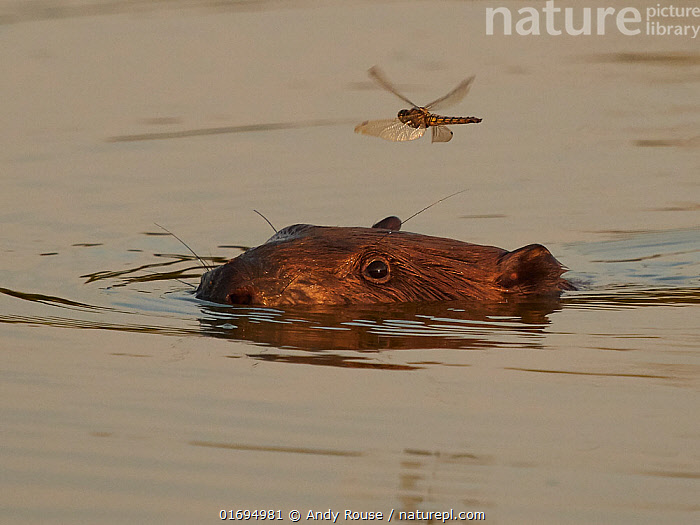Many a summer day in my canoe we came across a drowning dragonfly and felt sorry for it such that I hauled it out of the water with my paddle and gave it a safe place to dry. Usually on the gunnels but once upon my knee.
During which drying period I observed anxiously that some dragonflies were really really big and if they were so inclined could really give you a nasty bite.
Which thankfully one never had a taste for human, although I did see many a dragonfly take off from my knee and snag a gnat before happily settling back on my knee again.
Well flying dragons are more important than you might think.
 EXPERTS have called for dragonflies – which are natural sentinels of freshwater resources, signalling the health of aquatic ecosystems – to be included more widely in biodiversity conservation efforts and policies. They say this is necessary to ensure the long-term survival of these insects, and other creatures that share their habitats. The group of international dragonfly experts includes scientists from Stellenbosch University’s Department of Conservation Ecology and Entomology.
EXPERTS have called for dragonflies – which are natural sentinels of freshwater resources, signalling the health of aquatic ecosystems – to be included more widely in biodiversity conservation efforts and policies. They say this is necessary to ensure the long-term survival of these insects, and other creatures that share their habitats. The group of international dragonfly experts includes scientists from Stellenbosch University’s Department of Conservation Ecology and Entomology.
In a recent review* published in Insect Conservation and Diversity, they proposed a five-point action plan to promote dragonflies in freshwater and riverbank conservation:
expanding and enhancing dragonfly assessment and monitoring;
including dragonflies in standard environmental toxicological risk assessment;
learning from dragonflies to improve landscape conservation efforts;
ensuring the integration of dragonflies with other plant and animal conservation initiatives;
and promoting dragonflies in environmental education.
According to the scientists, global dragonfly conservation hing
Which reminds me, Hey you know what’s really really good at making dragonfly habitat? I’ll give you a hint, It starts with a “B”.




 EXPERTS have called for dragonflies – which are natural sentinels of freshwater resources, signalling the health of aquatic ecosystems – to be included more widely in biodiversity conservation efforts and policies. They say this is necessary to ensure the long-term survival of these insects, and other creatures that share their habitats. The group of international dragonfly experts includes scientists from Stellenbosch University’s Department of Conservation Ecology and Entomology.
EXPERTS have called for dragonflies – which are natural sentinels of freshwater resources, signalling the health of aquatic ecosystems – to be included more widely in biodiversity conservation efforts and policies. They say this is necessary to ensure the long-term survival of these insects, and other creatures that share their habitats. The group of international dragonfly experts includes scientists from Stellenbosch University’s Department of Conservation Ecology and Entomology.










































